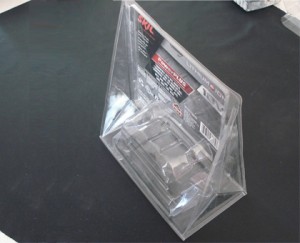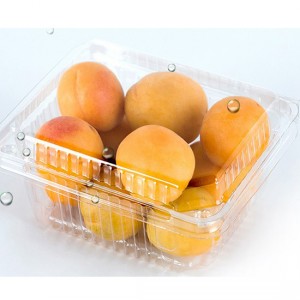“Blister Pack” Is a General Term That Describes Packaging That Uses a Process Known As Thermoforming. Thermoforming Involves Heating a Sheet Of Plastic To a Temperature Where It Can Be Easily Formed And Molded Into Any Desired Shape. The Term “Blister” Refers To The Pocket Of Thermoformed Plastic That Covers The Product.
Blister Packaging Refer To a Variety Of Packaging That Have a Pre-Formed Plastic “Pocket” Or “Shell” (Where a Product Sits Securely In Place) That Is Most Often Heat Sealed To An Adhesive Coated Paperboard Card Or Foil Backing (Think Single Dose Pills Or Lozenges).
There Are Many Types And Variations Of Blister Packs In Use In The Retail Market.
Face Seal Blister
a Flanged Blister That Surrounds The Product And Is Heat Sealed To a Piece Of Paperboard. The Seal Is Only On The Flange While The Rest Of The Card Stays Uncovered.
For Heavier Products a Larger Flange (Or Different Blister Style – See Below) Is Generally Used.
This Is a Very Common And Inexpensive Blister Pack Style If Your Volumes Are High Enough (25k – 500k).
Full Face Seal Blister
Similar To The Face Seal, This Blister Pack’s Seal Extends To The Entire Face Of The Card. This Offers More Durability And Strength To The Edges Of The Card (Prevents Bent Corners) And Reinforces The Hang Hole As Well. In Addition, It Offers a Higher Perceived Value Because It Looks Nicer Than The Standard Face Seal Blister, But Of Course Is More Expensive.
Tooling Costs For The Heat Seal Can Be Expensive For These Face Seal Blister Packs, But a “Trapped Blister” (See Below) Doesn’t Require Heat Seal.
Trapped Blister
This Type Is Similar To The Previously Mentioned Blisters, But Instead Of Heat Sealing The Blister To The Card, It Is “Trapped” Between Two Cards. The Top Card Is Die Cut To Fit The Blister Where The Product Sits. Since Trapped Blisters Do Not Use Heat Sealing, No Expensive Heat Seal Tooling Is Required.
Full Card Blister
In This Configuration, The Blister Extends To The Full Size Of The Card As In The Full Face Seal Blister, But Instead Of Being Sealed To The Card, It Has Flanges That Wrap Around The Card. The Card Is Simply Slid Into Place And Is Sometimes Secured With a Staple.

